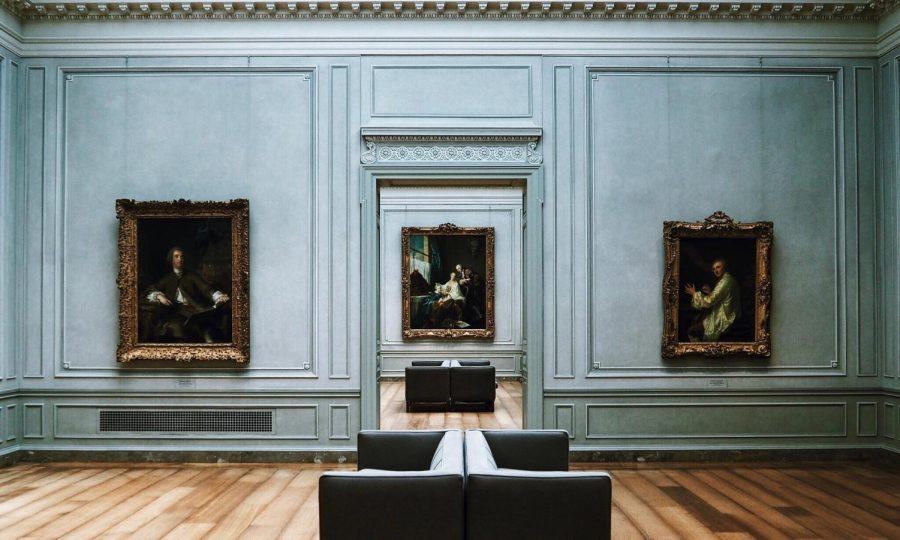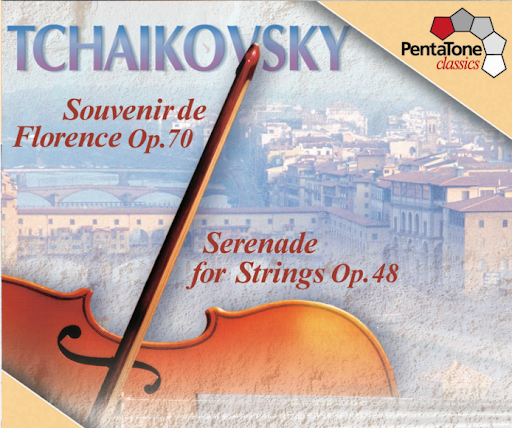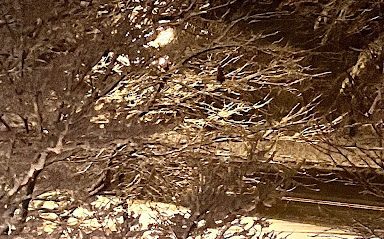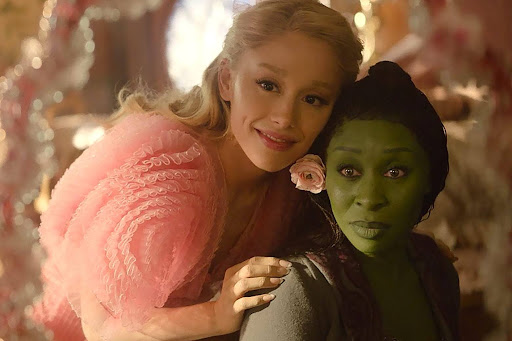Highlights from the National Gallery
Lucy Demeo ’24 highlights a few works in the National Gallery of Art in Washington, DC.
According to their mission statement, the United States’ National Gallery “serves the nation by welcoming all people to explore and experience art, creativity, and our shared humanity.” It’s a leviathan of a museum – admission is free, and once you’re inside, the sprawling galleries easily swallow an inquiring viewer journeying through medieval to contemporary art from around Europe and the Americas. By five o’clock (when they close), you absolutely emerge having encountered “art, creativity, and our shared humanity,” and you probably didn’t even get to all the rooms! Over break, I adored navigating the endless artwork in the gallery, but I can’t talk about all the art I saw. Let me tell you about some highlights of my experience.
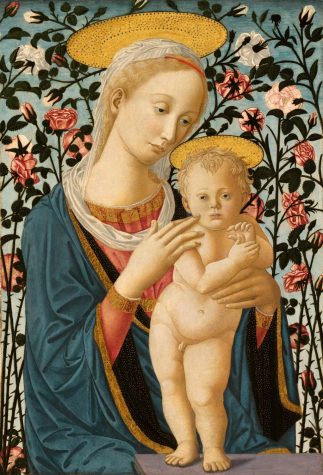
Madonna and Child Follower of Fra Filippo Lippi and Pesellino
I’ll start off with the classic subject of the Madonna and Child. This specific iteration captivated me because of its backdrop. Roses have always symbolized St. Mary. They are beautiful flowers with thorns, and she lived a life for the good of others and suffered greatly from the loss of her son. The flower is ubiquitous, but the placement is unique. The painting of Mary from the 1470s made me think of the compositions of Kehinde Wiley, whose lush backgrounds tend to create beautiful images with really interesting flow. It’s really interesting to compare and contrast the choices and themes within two similar paintings that are separated by hundreds of years.
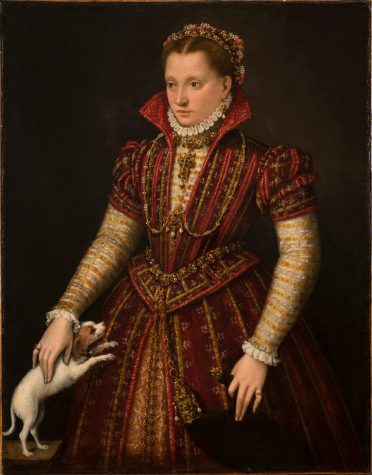
Portrait of a Noblewoman Fontana
Lavinia Fontana was among the few successful female artists in Renaissance Italy, so it was very exciting to see some of her works. The National Gallery is displaying two of her portraits while the National Museum of Women in the Arts is under renovation. Fontana brilliantly depicts the structured gowns and bulky jewelry of the women she paints, as well as their small dogs – symbols of loyal spouses, according to Google Arts and Culture. I was so glad to have the chance to appreciate Fontana’s incredible talent for depicting fashionable women of her time.
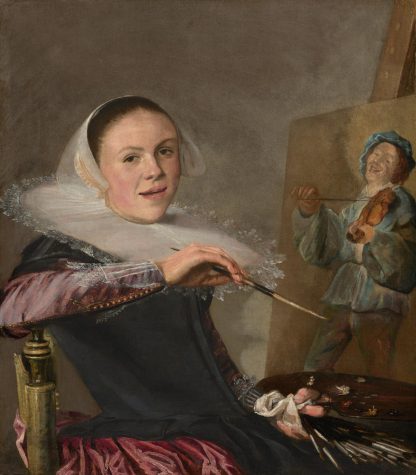
I was lucky enough to catch the tail end of a tour, and the guide told us about the circumstances that might have surrounded this painting’s creation. She believed that the self-portrait could have functioned like an advertisement – displaying the artist’s skill and love for her craft. It’s like you walked in on her painting (although she probably wouldn’t have worn such a nice outfit when she worked in real life.)
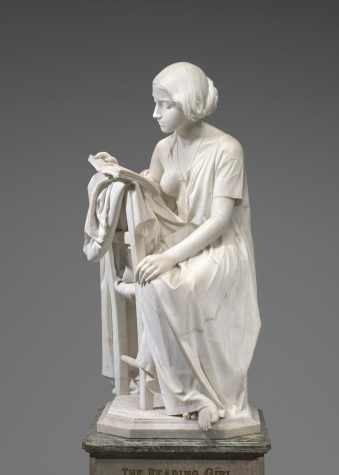
My favorite thing about this sculpture was how Magni tells a story in such a simple scene. The plainness of the chair the girl sits on tells the audience that she is working-class, and she’s in her undergarments with her dress draped over the chair. The fact that she hasn’t put her clothes away lets us imagine that this girl just got home from work, eagerly slipped off her heavy-looking dress, and went right to reading. The setting of the scene gives her so much personality, even to a modern audience. At the end of the day, who doesn’t just want to get cozy and read a good book?
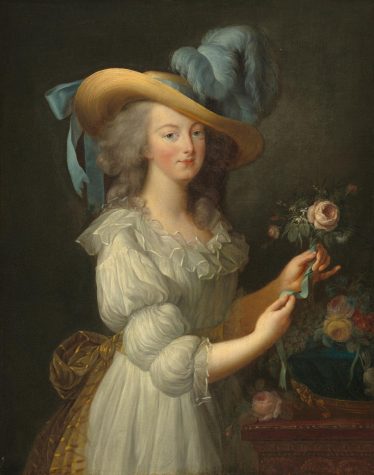
Marie-Antoinette after Le Brun
The original version of this painting, a copy of which I was very excited to see at the gallery, was highly controversial at the time of its creation. The dress Antionette wore for this portrait is called a Chemise a la Reine, and as the name “chemise” suggests, it looked a bit like the garments women wore under their dresses at the time. When the painting went on display in the salon, many thought it was too intimate for public display, and Le Brun had to remove it.
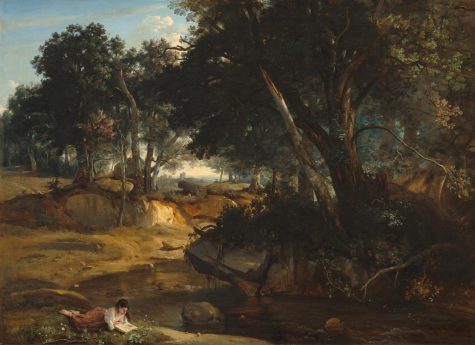
The amount of detail in this painting is incredible. From far away, it looks like any other painting of a lush forest, but when you get closer, you notice the girl reading on the bank of the river. The painting is huge in person, and it floods your vision with detail. There is so much to notice, from the light in the trees to the tiny deer jumping in the background.
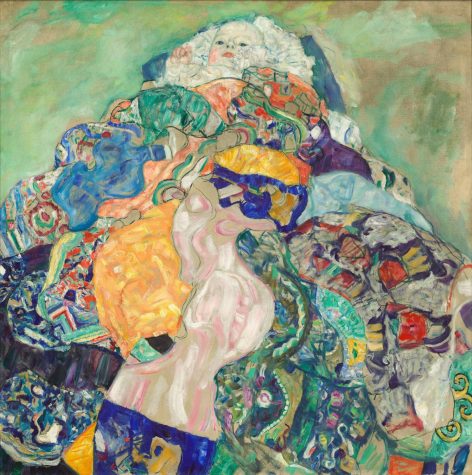
The fun of this painting is in its unconventional composition. The pile of blankets draws the viewer’s eye toward the center of the painting, leaving you initially confused. You search the painting for the titular baby, and you follow the pile to the top – and there it is! There’s a little guy up there!
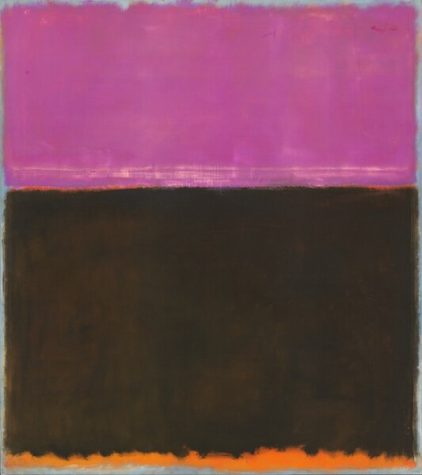
The National Gallery boasts a robust collection of works by Mark Rothko, and one of the best times to be short is when you’re standing in front of an imposing Rothko painting. You have to look up at the painting and almost walk along his lines and brushstrokes. They have a whole room of his paintings, and it was incredible to be able to experience all of them and compare them.
If you’re ever in DC and looking to enjoy a huge range of incredible artwork, the National Gallery is the place to go.
By Lucy DeMeo ‘24, Co-Arts and Entertainment Editor
24ldemeo@montroseschool.org

